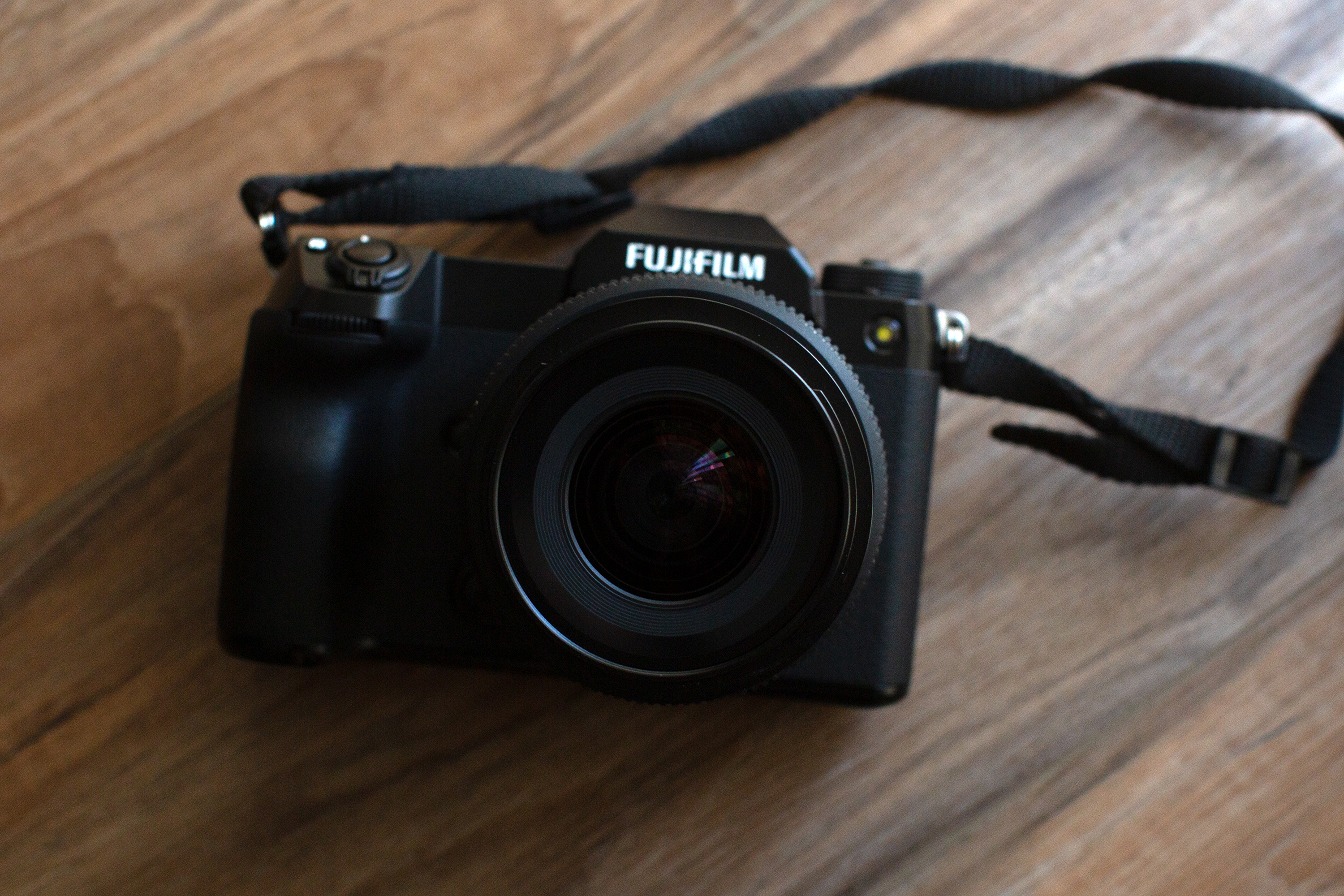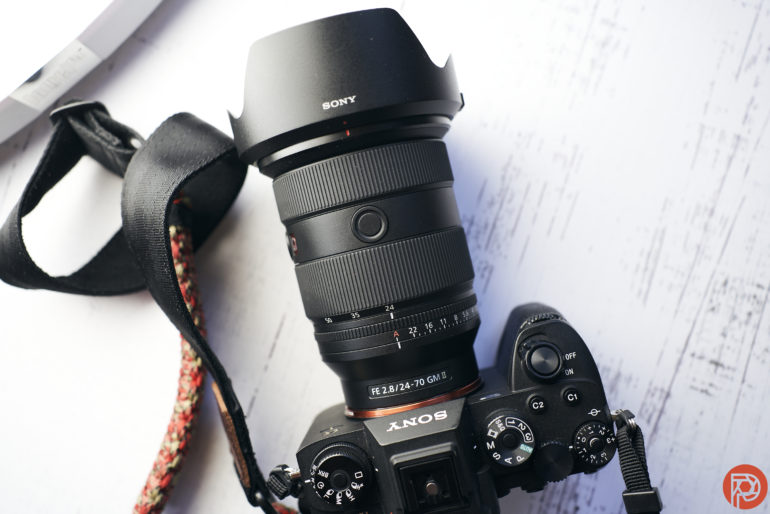I’d like to imagine that camera manufacturers sit around in meeting rooms figuring out what they should do about their cameras. It’s likely that they all say they need to increase the megapixels. And because of this, the megapixel wars have never ended. But now they’re even more precarious. All the sensors are either from Tower Jazz, Sony, or Canon. So what’s the point of it all if everyone is just using the same sensors?
The megapixel wars have always been in my head. But now more than ever, I’ve seen how useless they really are. When OM Digital Solutions released the OM System OM1, I was disappointed to see a 20MP sensor. But then I tested it, and I saw what a good processor and AI can do for an older sensor. Combine that with a lot of other cool things like their computational photography and you’re even better off.
OMDS isn’t alone here; let’s take a quick look at Leica. With the Leica M11, they crammed a 60MP sensor into the camera. When you drop the resolution, the dynamic range goes up. It’s everything that tons of photographers need and want. I don’t know many Leica shooters who want a 60MP sensor necessarily as much as they miss what the Leica M9 gave them.
So what’s my point here? I think camera manufacturers need to get out of the now-boomer mentality of sticking to megapixel wars. Instead, we need new features to push photography forward. Camera manufacturers can’t sit there looking at a pedantic 100% crop each and every time. No bride zooms in at 100% to look at her pores. No actor cares to submit a 100% crop headshot of themselves to a casting director. And no one except for photographers from a certain time really care much about megapixels anymore. We have enough. Photographers do all they can to soften and retouch the photos. So instead, why not just give us more features?
What am I talking about? Here’s a nice rundown of some stuff that’s available in a few cameras (if any) but not all:
- Multiple exposure mode
- Light scenarios similar to what Apple does with their natural, studio, contour, and stage lighting
- More in-camera RAW file tweaks
- Creative profiles, LUTs, and even presets built into their cameras that apply to the RAW files
- Live composite
- Touchless shutter
- Live ND
- Eye-control autofocus
- Flash control via Bluetooth or Wifi
- Artificial lens blur (Gaussian style)
These obviously are just a few features. But I think that there are a ton more. Camera manufacturers like to complain that photography isn’t a growing market. But instead, they’re not making it into a growing market. They say that the content creation market is growing, and it surely is. Even there though, there are tons of things that a smartphone’s camera can do that a dedicated camera can’t. But it should be able to do!
Could this mean that the megapixel wars end eventually? Maybe it’s a sign that they are. But I also believe that megapixels will indeed need to keep increasing as screen size and resolution increase. However, it doesn’t need to be the major selling point of a camera anymore. And more than anything, it doesn’t need to be so incredibly vast of a change.



